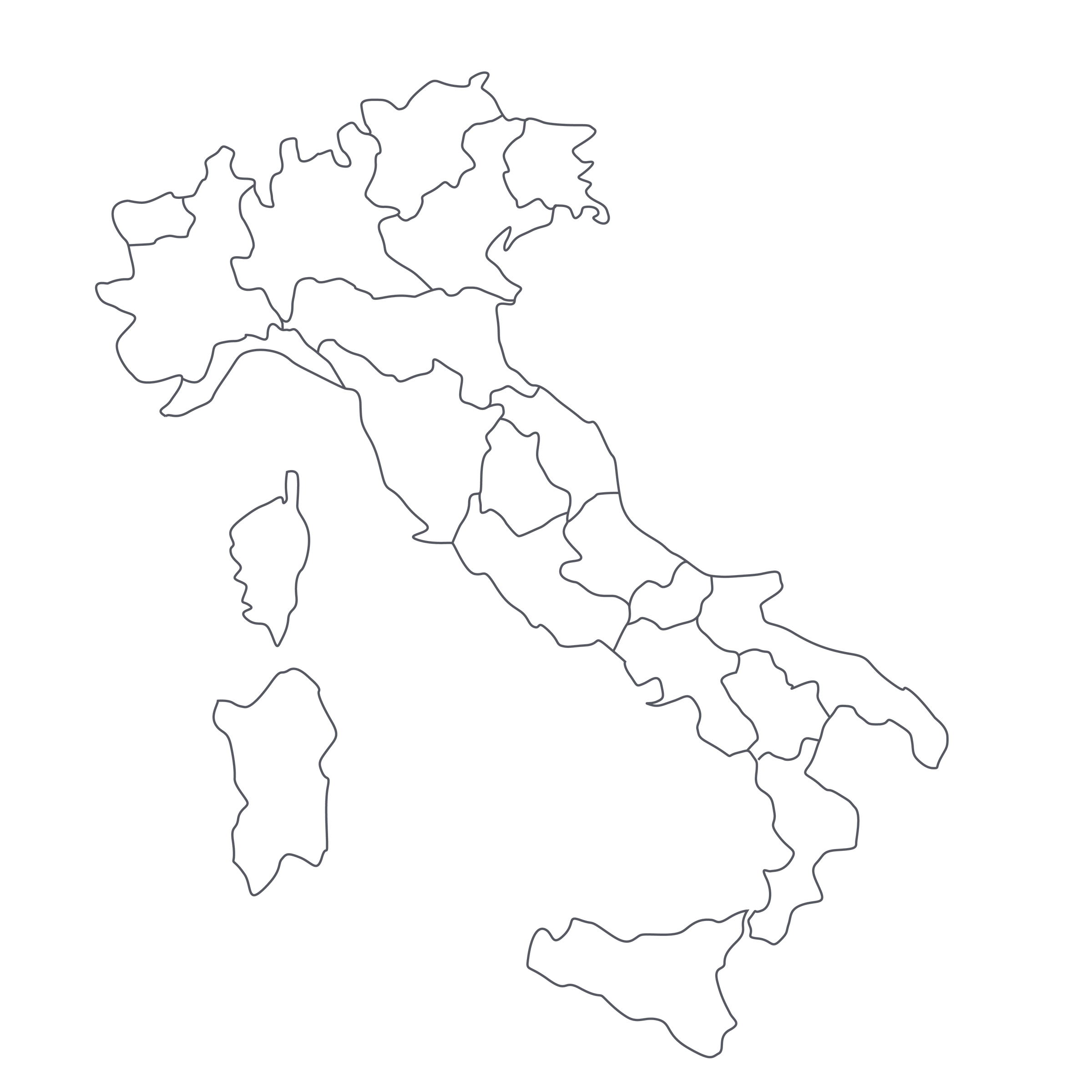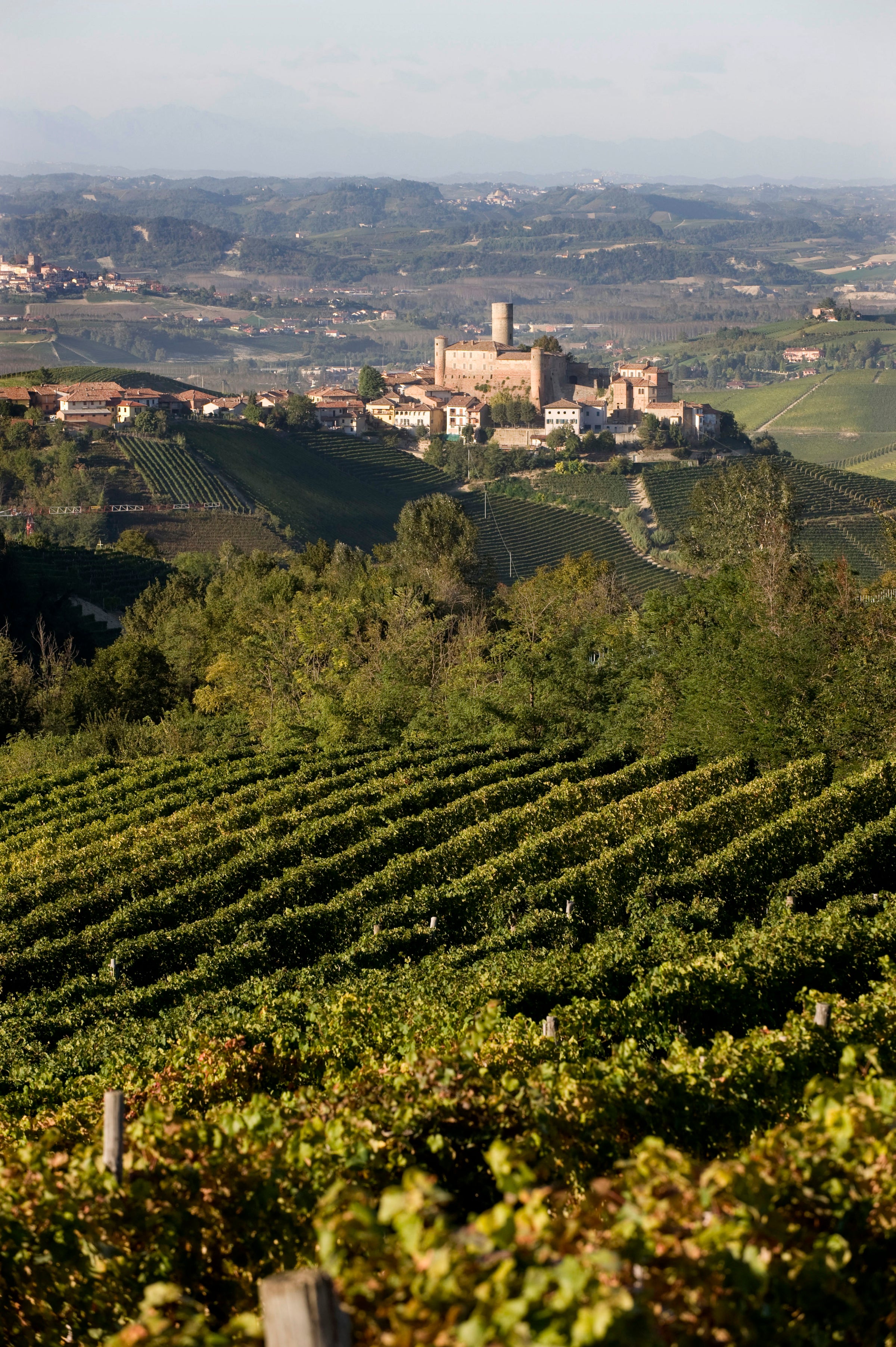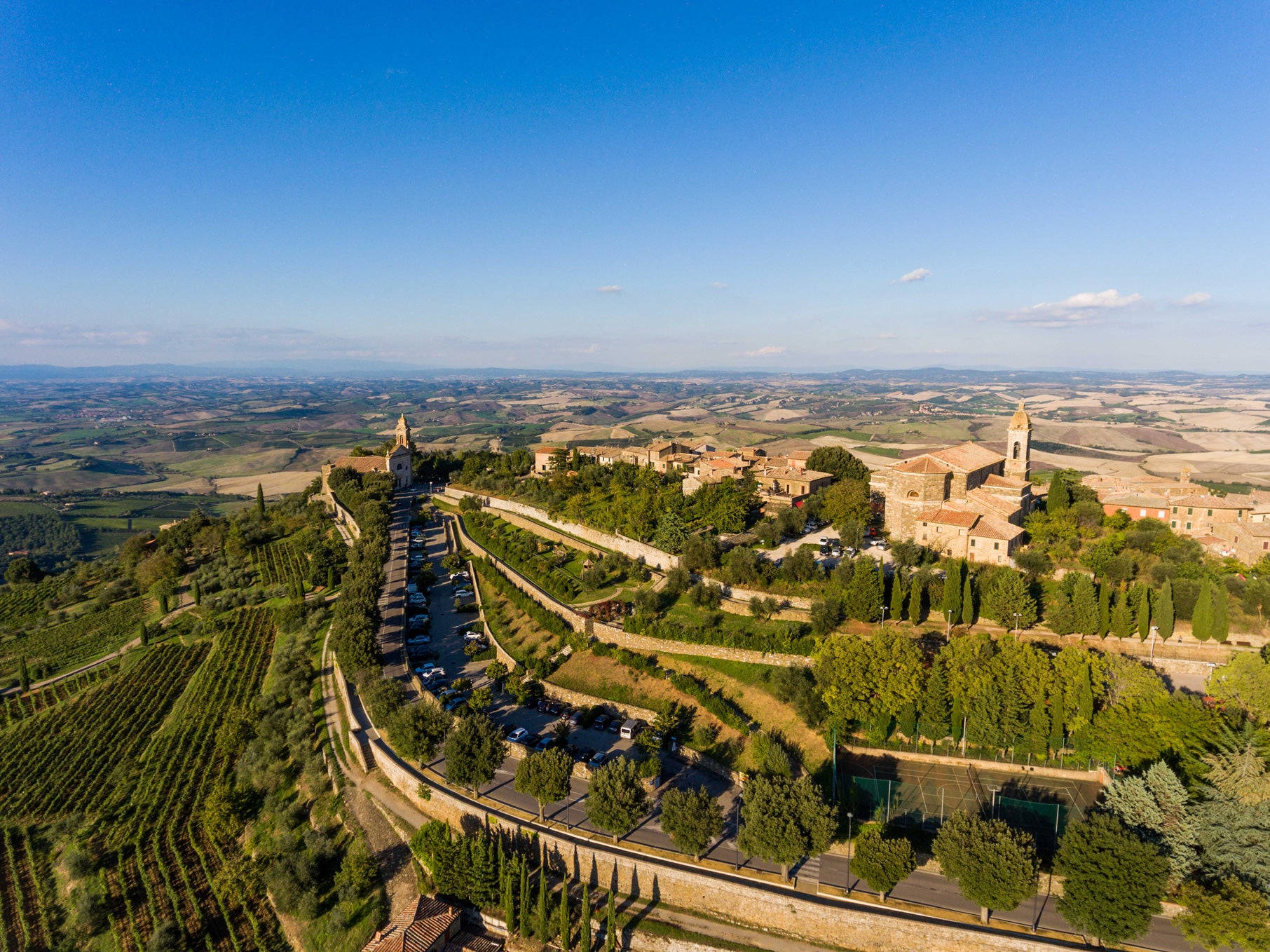I’ll be honest: I considered just posting the picture of De Forville’s 2017 Barbaresco and typing in a few hundred exclamation points for the rest. I always struggle to find the right words to do justice to this monument of a wine (“monument” is a good one, actually).
Whether you’re just getting into elite red wines like Barbaresco or you’ve been collecting and enjoying them for years, De Forville Barbaresco is a cornerstone (ooh, “cornerstone” is good, too). Alongside the wines of the historic Produttori del Barbaresco, the impeccable De Forville lineup represents not just the greatest quality-to-price proposition in Barbaresco but in the broader world of wine. The amount of history, breed, ageability, consistency, and flat-out Nebbiolo greatness to be had for just $40 is just extraordinary. And while you might be tempted to think it a mass-market wine given its price, it’s got all the artisanal street cred one could ask for (it’s not a very large estate, and only about 600 cases of this wine make it to the US in any given vintage). I’ve been hyping, selling, and drinking this wine for 20+ years, but each new release is still cause for celebration. I can’t think of a recent vintage of this wine that didn’t over-deliver, but just to confirm: 2017 is a knockout. Don't miss your chance!
The Yankees called Lou Gehrig the “Iron Horse” because of his durability and consistency as a player. De Forville is the Iron Horse of Barbaresco. The family began producing wine in the mid-1800s, when Gioachino De Forville made Nebbiolo the family’s focus early on. He was succeeded by his son, Vincenzo, who was followed by his nephew, Paolo, who passed the torch to his daughter, Mafalda, who was followed by her sons and current proprietors, Valter and Paolo Anfosso. Confused yet? To recap, the De Forville-Anfosso clan has endured two World Wars and overcome countless challenges during its 150-year evolution from rural farm to respected winemaking dynasty. This multi-generation commitment to grueling manual labor, tradition, and excellence is how remote hillsides become the world’s greatest wine terroirs. In the last decade, De Forville has grown into a mid-size estate by Piedmont standards, with about 11 hectares of vines in two different villages.
Fruit for this flagship Barbaresco is sourced from vines averaging 35 years of age, and includes some grapes from well-known Barbaresco ‘cru’ vineyards such as “Rabaja” and “Pozzo.” Fermented in stainless steel and aged 18 months in large, used, Slavonian oak botti, it’s always a well-proportioned, aromatically complex Barbaresco archetype—the kind of one-stop master class in Piedmontese Nebbiolo I consider a rite of passage for anyone who loves wine. This is the kind of wine Master Sommeliers use to study for blind-tasting exams, because it is so spot-on. And as expected, it’s 2017’s turn on stage and it is already performing at an elite level: In the glass, it’s a medium garnet-red moving to pink at the rim, with a textbook nose of black cherry, wild red and black berries, roses, tar, leather, and a hint of black tea. It is medium-bodied and more modestly tannic than your typical young Barbaresco/Barolo, which makes it relatively approachable young: Even so, at least a half hour in a decanter is recommended; there’s clear structure for aging here and it should really be singing on its 10th birthday. Serve it in Burgundy stems at 60-65 degrees and pair it with an unimpeachable Piedmontese classic—risotto. It deserves nothing less, and let me offer one last piece of advice: anything less than six bottles is not going to be enough! Cheers!









